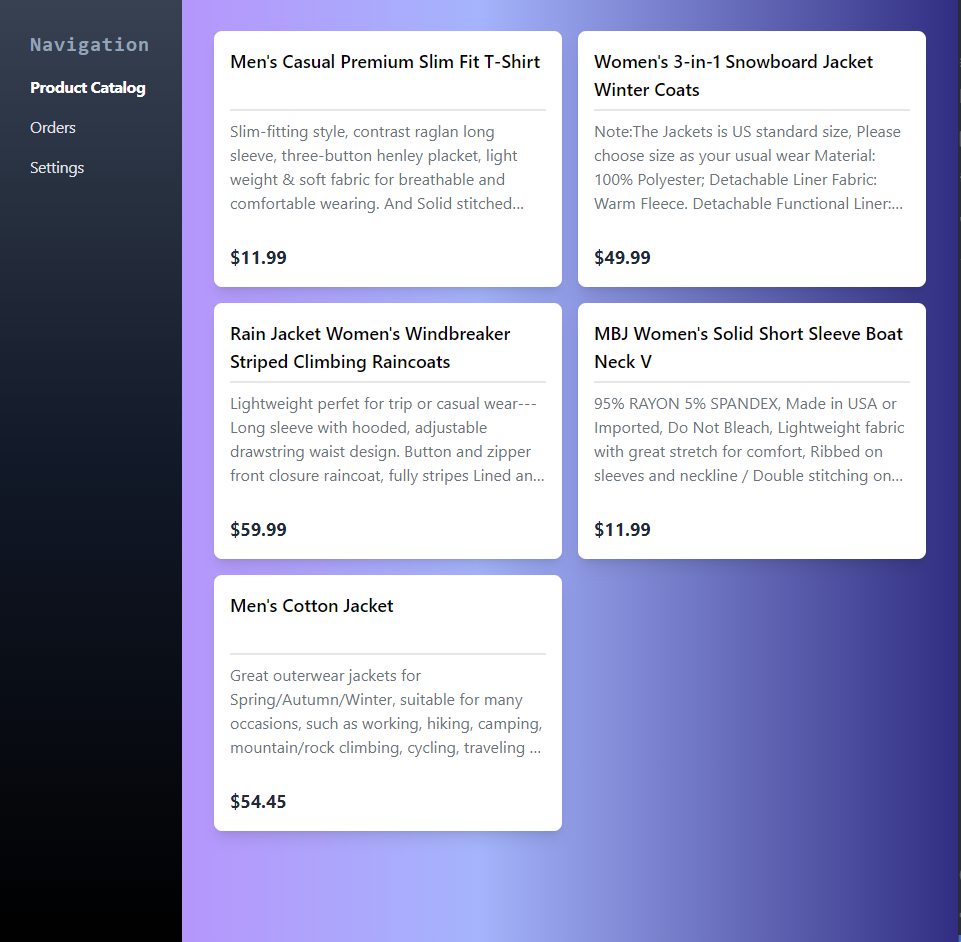Many of us are still in the process of exploring Next.js 13, savoring its unique features.
The arrival of Next.js 14 brings some game-changing features, whether you're already a Next.js enthusiast or just getting started.
Let's dive straight in!

Turbopack: A Speed Boost
Now, you can expect a 53% faster local server startup and a remarkable 94% speedier code update with Fast Refresh.
The best part? You don't have to change a single line of code in your existing Next.js project to reap these performance benefits.
Turbopack is expected to move to "stable" in an upcoming minor release.
It's the kind of upgrade that makes you wonder how you ever lived without it.
Server Actions: Simplify Data Mutations
Remember the times when we had to create dedicated API routes for server-side code? Well, those times are changing with Next.js 14.
The introduction of Server Actions into stable release status is a game-changer.
You can now trigger server-side code securely with just a function defined in your React component. It simplifies your code and enhances the user experience by reducing the number of network roundtrips needed for data mutations and page re-rendering.
It's a win-win for developers and users alike.
Example:
export default function Page() {
async function create(formData: FormData) {
"use server";
const id = await createItem(formData);
}
return (
<form action={create}>
<input type="text" name="name" />
<button type="submit">Submit</button>
</form>
);
}
Metadata: What's Changed Underneath?
Next.js 14 doesn't stop at the user-facing features; it also improve swhat's happening under the hood.
Metadata options like viewport, colorScheme, and themeColor have been enhanced to improve the initial rendering experience and reduce layout shift.
Additionally, be aware of some changes, including the minimum Node.js version being raised to 18.17 and a few API modifications.
Always stay up-to-date with the latest changes to make the most of Next.js.
What is Partial Prerendering and Why Should You Care?
Partial Prerendering is the new star in the Next.js 14 lineup. In a world where the debate between SSR and SSG rages on, Next.js brings you the best of both worlds.
It provides a fast initial static response while streaming dynamic content based on your React Suspense boundaries.
The result? You get the performance of static sites and the dynamism of server-rendered apps.
There are no new APIs to learn. It's a smart move that simplifies your development experience, but it's still in preview.
Key takeaways from Next.js 14:
- Server Actions allow triggering server-side code without the need for a dedicated API route.
- Partial Prerendering provides a fast initial static response while streaming dynamic content based on React Suspense boundaries.
- Turbopack improved local development performance: 53% faster local server startup, and 94% faster code updates with Fast Refresh.
- Metadata improvements ensure that important metadata are sent with initial page content, preventing page flickering.
Next.js Learn: Free course
Next.js 14 brings a refreshed and updated free course on Next.js Learn. Whether you're new to Next.js or a seasoned pro, this course has something for you.
From the basics to advanced features like Partial Prerendering, it's a comprehensive resource to level up your Next.js skills. Learning has never been so accessible.
Next.js by Vercel - The React Framework
Bottom Line
Next.js 14 is a significant update that brings several new features and improvements to the framework that most of us love.
See the Next.js 14 team's blog post for more details and examples.
Glad I could assist! If you've got more questions or ideas, don't hesitate to drop them below. As a newbie to web development and programming, I'm eager to learn and welcome any tips to get better. Let's grow together!
Feel free to check out my portfolio, or shoot me an email at th.dev.design@gmail.com.


